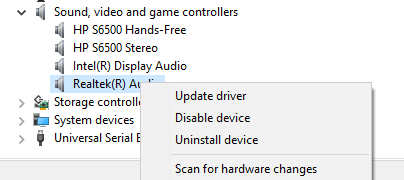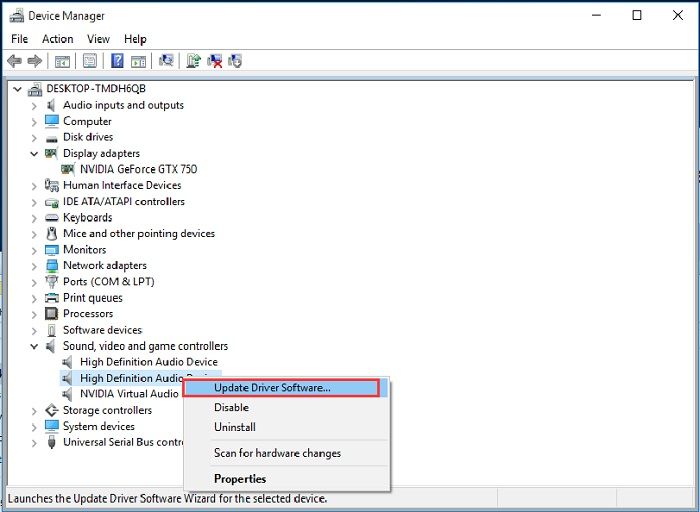

Valve has already committed to a proper dual-boot option in a future update. There are currently workarounds, but it might be a lot of work for a sub-par experience. There are a few caveats to running Windows, with the main one being that there is no native dual-boot option. Previously, the console offered sub-par audio support for Windows, with limited support for USB-C and Bluetooth audio devices. Most recently, it began offering official Steam Deck audio drivers for Windows 10 and Windows 11. A month later, it brought full Windows 11 support to the Steam Deck. Despite this, it took Valve only a month after the Steam Deck's release to offer support for Windows 10.

While Valve has been very open about other operating systems on the Steam Deck, it does also offer a disclaimer, stating that there is no formal support for anything outside of Steam OS. SCROLL TO CONTINUE WITH CONTENT Updates continue


 0 kommentar(er)
0 kommentar(er)
